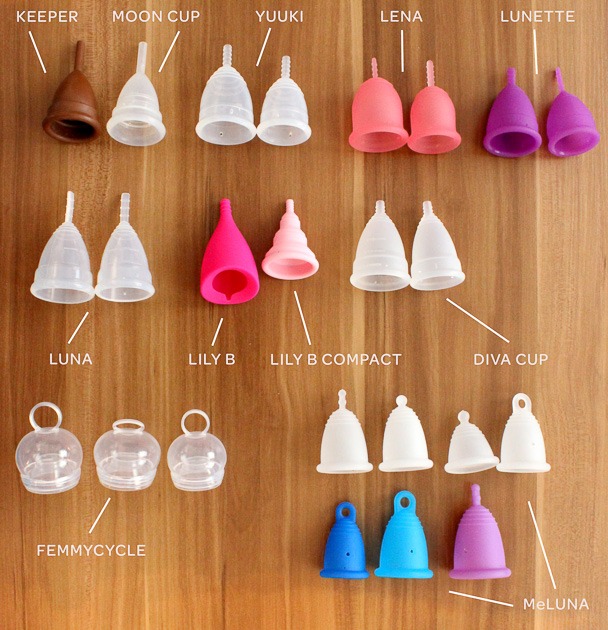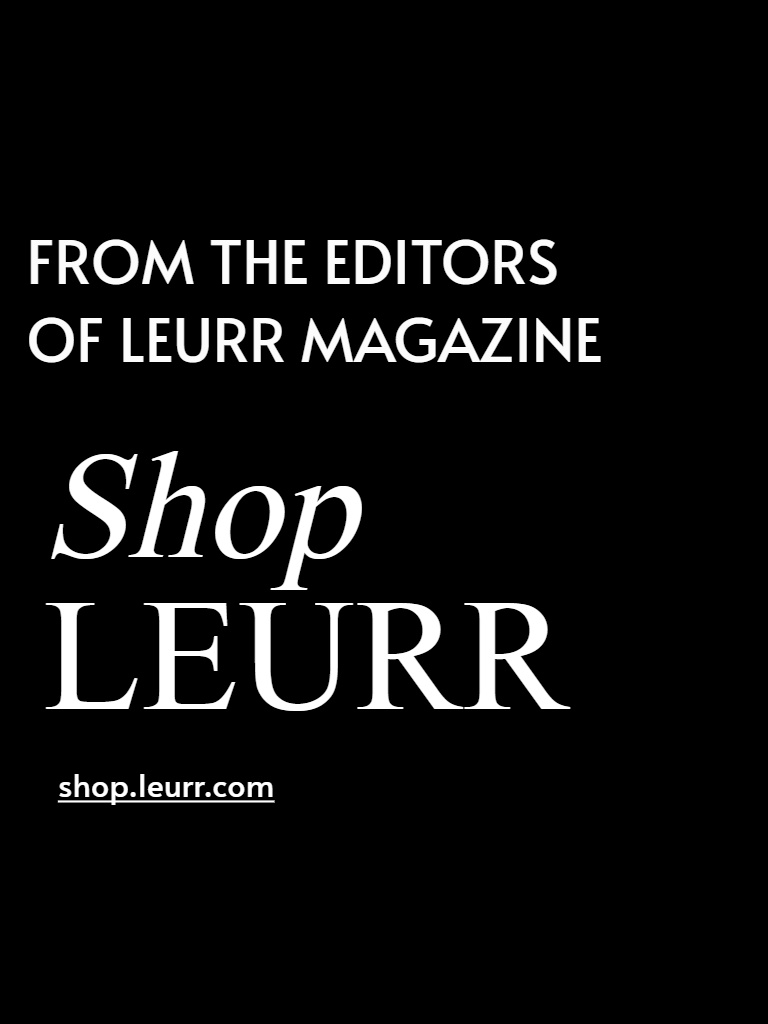
What are menstrual cups ?
Menstrual cups are feminine hygiene products. It’s different from the regular tampons and menstrual pads because it is reusable. It’s a small, flexible funnel-shaped cup made of rubber or silicone that you insert into your vagina to catch and collect period fluid.
Normally used as an eco-friendly alternative to pads and tampons, cups can hold more blood than other methods. Menstrual cups can be worn for about 12 hours. Available brands of reusable cups include the Moon cup, Keeper Cup, Lena Cup, Lunette Menstrual Cup, DivaCup, and Lily Cup. Disposable brands include Instead Softcup.
Read further to learn how insert and remove a menstrual cup, how to clean it, and much more.
How to use a menstrual cup
Talk to your gynecologist, if your interested in using a menstrual cup. Before you buy any brand online or in stores you’ll first have to find out what size you need. In general, most menstrual cup brands sell small and large sizes.
Factors to consider before choosing the right menstrual cup size for you include:
- your age
- length of your cervix
- whether or not you have a heavy flow
- firmness and flexibility of the cup
- cup capacity
- strength of your pelvic floor muscles
- if you’ve given birth vaginally
Tip: Smaller menstrual cups are usually recommended for women younger than 30 years old who haven’t delivered vaginally. Larger sizes are often recommended for women who are over 30 years old, have given birth vaginally, or have a heavier period.
Frequently Asked Questions (FAQs)

Is it comfortable?
If you’re using menstrual cups for the first time, yes, it may feel a little bit uncomfortable. For a smoother experience try greasing the cup before using it. Lubricate the rim of the cup before insertion with water or a water-based lubricant.
How to put in your menstrual cup
Women who use tampons will find this process a lot more easier than people who don’t. If this is your first time, just follow these steps.
- Wash your hands thoroughly.
- Apply water or a water-based lube to the rim of the cup.
- Tightly fold the menstrual cup in half, holding it in one hand with the rim facing up.
- Insert the cup, rim up, into your vagina like you would a tampon without an applicator. It should sit a few inches below your cervix.
- Once the cup is in your vagina, rotate it. It will spring open to create an airtight seal that stops leaks.
Tip: to know if you’ve inserted the cup correctly, you shouldn’t feel it. You should be able to carry out your day to day activities without any fear of it falling out. If you’re having trouble putting in your cup, speak with your doctor.
When do I take out the menstrual cup?
Menstrual cups can be worn for a minimum of 6 hours to a maximum of 12 hours. This is solely dependent on your type of menstrual flow (heavy or light). The good news is that it can be used for overnight protection.
Tip: Do not use the menstrual cup for than 12 hours to avoid leakage. If it becomes full before the 12-hour mark you’ll have to empty it.
How do I remove the menstrual cup ?
To take out a menstrual cup, just follow these steps:
- Wash your hands thoroughly.
- Place your index finger and thumb into your vagina. Pull the stem of the cup gently until you can reach the base.
- Pinch the base to release the seal and pull down to remove the cup.
- Once it’s out, empty the cup into the sink or toilet.
How do I store the Cup (Cup Aftercare) ?
Empty the cup at least 2 times a day. Reusable menstrual cups should be washed properly and wiped clean before using it again.
Menstrual cups have a shelf life of 6 months to 10 years if properly cared for.
Tip: Throwaway disposable cups after using
Why should I use a menstrual cup in the first place?
Advantages of menstrual cups are include the following:
- It is affordable
- safer than tampons
- holds more blood than pads or tampons
- better for the environment than pads or tampons
- It can’t be felt during sex (some brands)
- It can be worn with an IUD
- Many women choose to use menstrual cups because:
- They’re budget friendly.: Unlike menstrual pads and tampons that have to be bought monthly, menstrual cups are a one-time thing.
- Menstrual cups are safer: You’re not at risk of getting toxic shock syndrome because menstrual cups collect blood rather than absorb it.
- Menstrual cups hold more blood: A menstrual cup can hold about one to two ounces of menstrual flow. Tampons, on the other hand, can only hold up to a third of an ounce.
- They’re eco-friendly: Reusable menstrual cups do not contribute to pollution in the environment. This is because they can last a long time, which means you’re not contributing more waste to the environment.
- You can have sex. : Unlike reusable cups, soft disposable ones can stay in while you get intimate with your partner. No need to worry not only will your partner not feel the cup, you’ll have no need to worry about leaks.
- You can wear a cup with an IUD: A 2012 study debunked the belief that menstrual cups could dislodge an IUD. Do, yes you can wear a cup with an IUD.
What are the disadvantages of using menstrual cups?
Menstrual cups have all these advantages, how it possibly have a disadvantage! Menstrual cups
- can be messy
- may be hard to insert or remove
- may be tough to find the right fit
- may cause an allergic reaction
- may cause vaginal irritation
- Cup removal can be messy.
- You may find yourself in a tricky place or position that makes it difficult or awkward to remove your cup. Not being able to remove the Cups makes spills unavoidable.
- They can be tough to insert or remove.
- Finding the right size for your vagina maybe difficult. That means you may have to try out a few brands before finding the perfect one for you and your vagina.
- You may be allergic to the material.
- It may cause vaginal irritation.
- There can be an increased chance for infection.
Is it costly?
Menstrual cups are more cost-effective than tampons and pads. Depending on your geographical location menstrual cups can cost, $20 to $40 for a cup. It is cheaper because you don’t have to purchase another one for at least six months.
Hold up one sec!!
Before you switch to a menstrual cup, make sure you know what you need in a feminine hygiene product. Ask yourself these questions :
- Will a cup cost you less?
- Is it easier to use?
- Do you want to have sex during your period?
While many women could use menstrual cups with ease,it might be different for you. If you’re answer is yes to the questions, then yes with all pleasure use a menstrual cup. But if no seek the help of a gynecologist. Discuss several feminine hygiene products and what works best for you.

